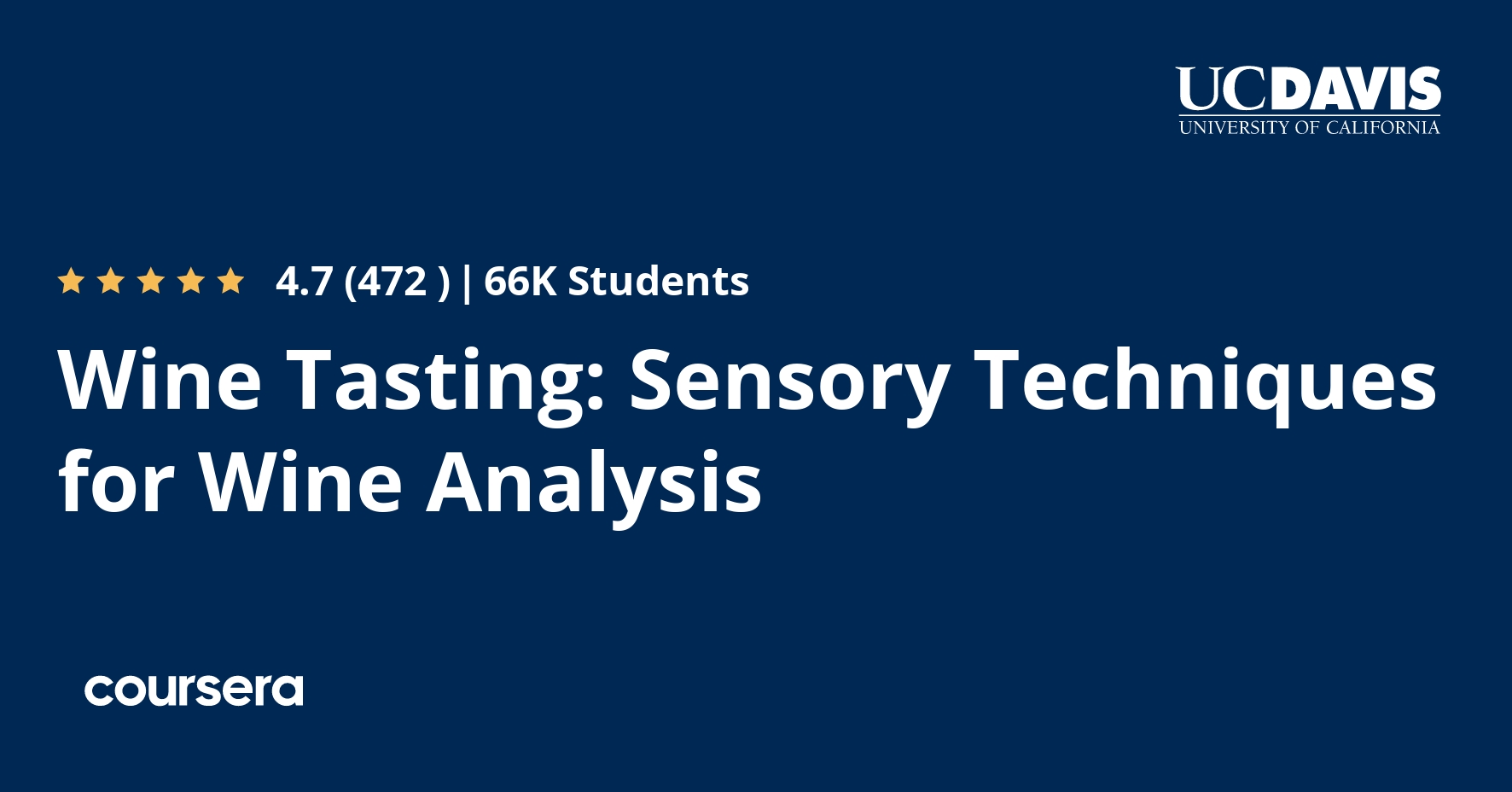Description
With its roots in ancient cultures as early as 6,000 BC, wine has long been part of the human experience. Today, increasing worldwide interest in wine and its complexities and varieties has created an international market valued at $304 billion annually. For the learner who is just getting started in the study of wine, this course will help you take the first steps toward understanding the physiological process of wine tasting. The first module will explore types of wine and help you set up your own tasting. You’ll also begin to build a sensory vocabulary. In module 2 you will review classic wine types of the world and set up flights of specific wines. Later we’ll examine the various faults and defects that can appear in wine as well as techniques for spotting problems. In week 4 we’ll delve into the complex world of wine and food pairings, and its “seven deadly sins.” The course will culminate in a peer review project in which you will apply the knowledge and sensory techniques you have developed throughout the course to assess a specific wine.
What you will learn
Wine Styles
In this first module we’ll take the first steps on our journey through the various categories of wines, starting with the flavor profiles of classic New World and Old World wines. We’ll also identify and describe flavor groups of wine and discuss sensory physiology including the visual, olfactory, textural, and taste aspects of various wines. We’ll also analyze how climate can affect the grape and wine flavor expression, and we’ll discuss the concept of “terroir”. Finally, you will create a set of basic taste standards for practicing blind tasting.
Wine Flavor and Aroma
In this module, the journey continues and we will compare and contrast the flavor profiles of eight classic red varietals and eight classic white varietals. We’ll also discuss the growing requirements for each varietal as well as their cultural and historic background and growing locations. At the conclusion of this module, you will write a descriptive analysis of the aroma attributes you identify in a particular wine. Finally, you’ll create flavor standards to help you develop your sensory vocabulary.
Common Wine Faults
Is there something wrong with this wine? This week we’ll examine the philosophy behind what actually constitutes a fault in wine. We’ll identify the most often-encountered faults and explain how to recognize them as well as determine what caused them. We’ll also examine the Old World and New World sensibilities toward some of these faults, and discuss how some so-called faults may really be attributes that contribute to a wine’s complexity. We’ll differentiate between a fault and a defect and examine the range of classic faults and their origins. You’ll learn techniques for spotting problems and create wine defect sniff standards to practice fault recognition.
Wine and Food Pairing
Can you drink red wine with fish? In this module we’ll discuss the often perplexing question of how to pair wine with food, and the physical, structural, textural, and aromatic aspects of both the “wine side” and the “food side” of the equation. We’ll discuss ways to improve your ability to make flavorful choices and determine the structure and “weight” of a wine. To help you predict a good food match, we’ll talk about the process of flavor profiling and how to decide whether to change a wine or food to make a pair work. Finally, we’ll discuss the “seven deadly sins” of wine and food pairing, and you’ll develop a personal wine and food scoring system.








